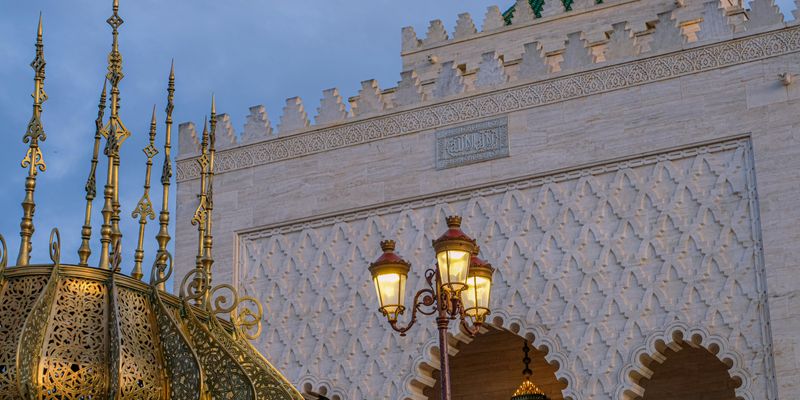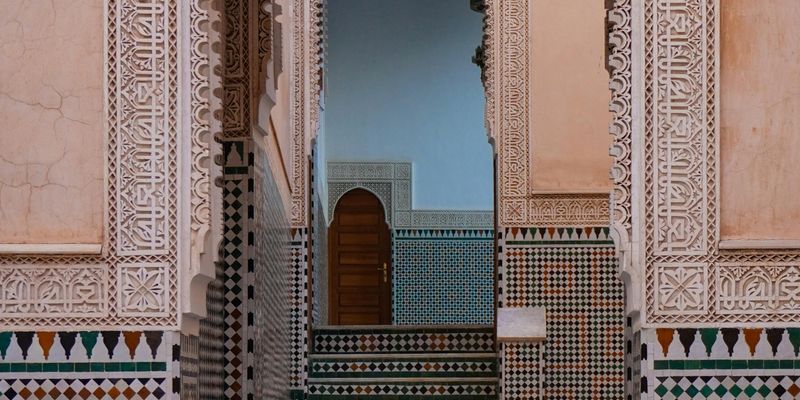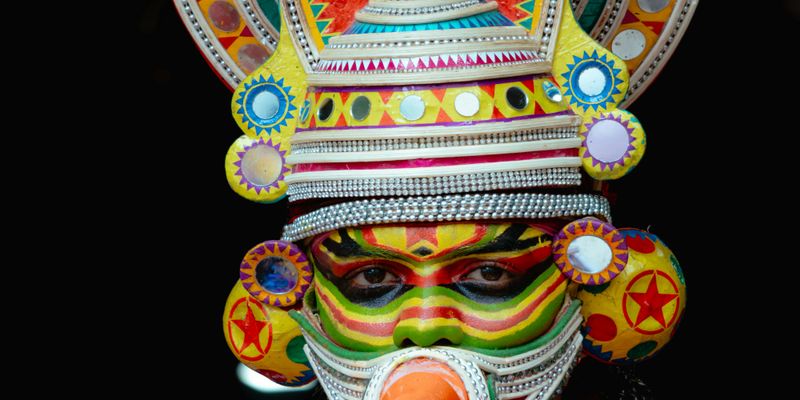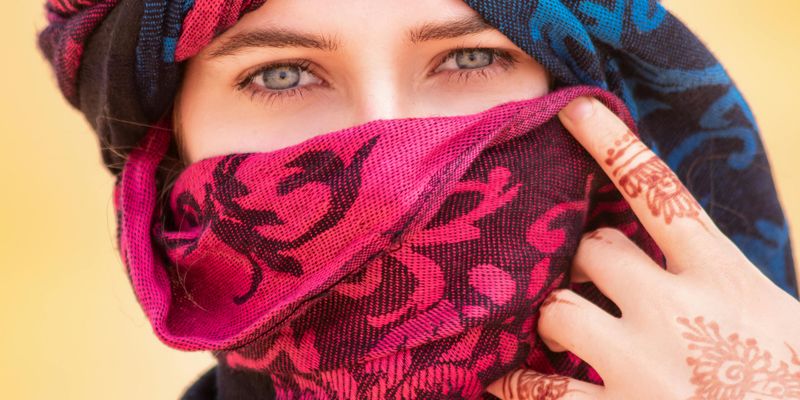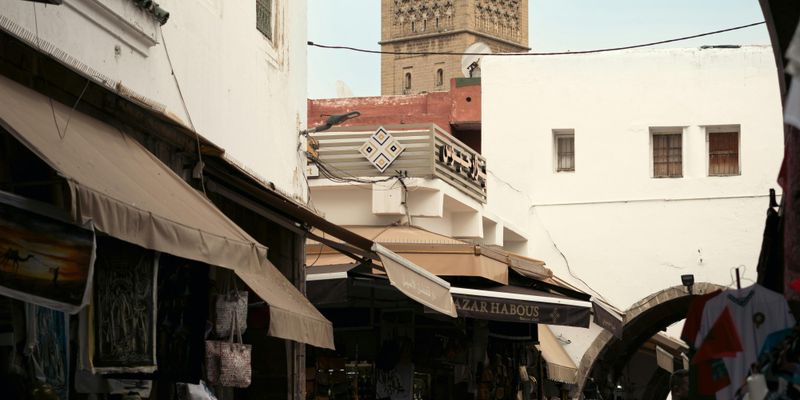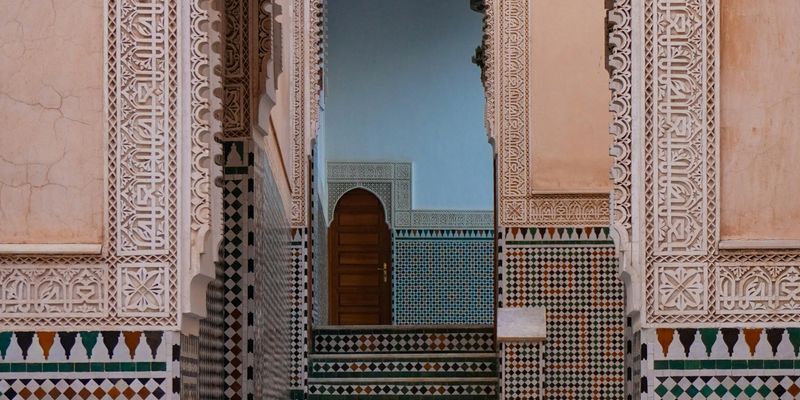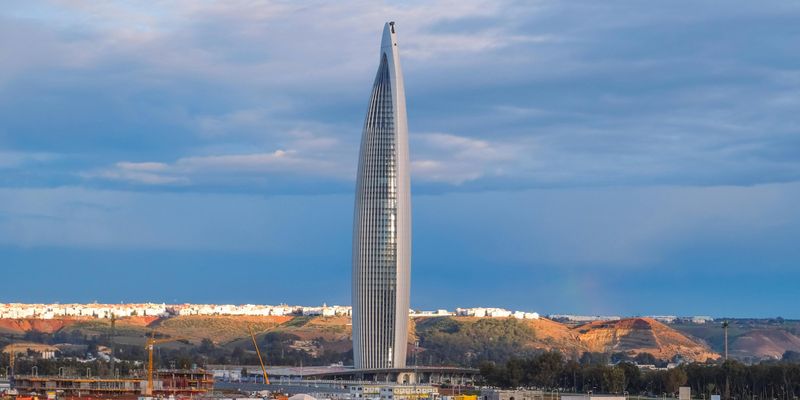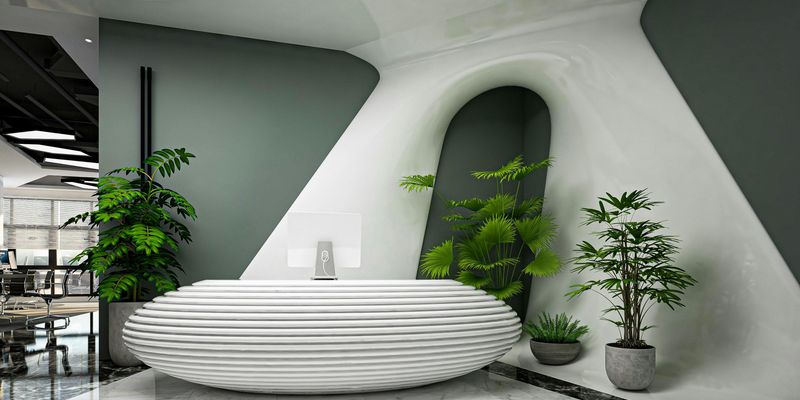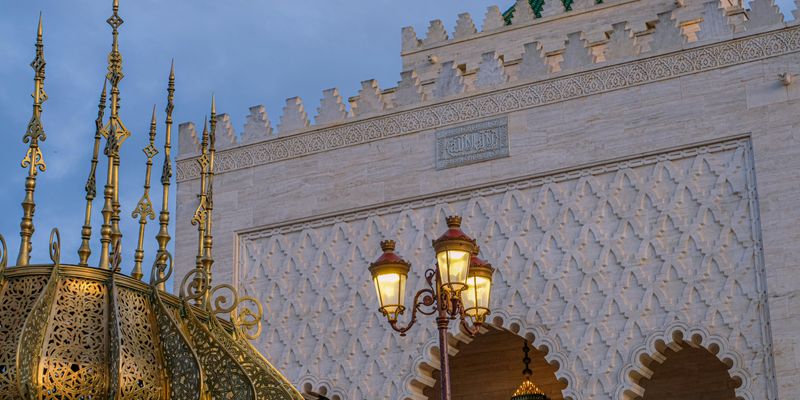
Why Morocco's Rich History is a Tapestry of Cultures and Stories
As I wander through the bustling souks (markets) of Marrakech or gaze at the intricate tilework of a centuries-old riad, I often marvel at how Morocco's history is woven from a multitude of cultures, each leaving a unique imprint on the fabric of our society. My journey through this enchanting land has revealed a narrative that transcends time and borders, a true tapestry of stories interlaced with the threads of Berber, Arab, French, and Spanish influences.
The Berber Roots
Morocco's history begins with the indigenous Berber people, known as the Amazigh. Their culture, rich with traditions that date back thousands of years, is still evident today. From the vibrant colors of their handwoven carpets to the melodic strains of their folk music, the Berber heritage pulses through the veins of our nation. You might hear the term "Tamazight", the Berber language, spoken in the mountains of the High Atlas, where ancient practices are preserved in daily life.
Arab Confluence
In the 7th century, with the arrival of Arab tribes, Morocco witnessed a profound cultural shift. This new wave brought Islam to the region, enriching the spiritual landscape and introducing a wealth of knowledge in science, philosophy, and art. You can still feel the echoes of this Arab influence in the architecture of cities like Fez, where the stunning mosques and madrasas are adorned with calligraphy and geometric patterns that speak to a spiritual sophistication.
A European Touch
The subsequent centuries saw Morocco at a crossroads of European influence, particularly from the French and the Spanish. The eclectic architecture in cities such as Casablanca and Tangier reflects this blend beautifully—think of the exquisite Art Deco buildings juxtaposed with traditional Moroccan designs. This fusion has created a sense of modernity that coexists with ancient traditions, making Morocco a unique destination for those wishing to explore how history shapes the present.
The Stories We Tell
Every winding street in the medina tells a story. The famous blue city of Chefchaouen whispers tales of artists and travelers who were captivated by its charm. As I stroll through its tranquil alleys, where blue-painted walls invite you to pause, I always find inspiration in the stories of the inhabitants who have lived here for generations. Traditional crafts, such as pottery in Safi or leatherwork in Fes, tell the story of skills passed down through familial lines, embodying centuries of craftsmanship.
Modern Morocco: A Mosaic of Cultures
Today, Morocco stands as a bridge between continents—Africa and Europe, tradition and modernity. The bustling city of Marrakech, with its vibrant atmosphere, juxtaposes the serene beauty of the Sahara Desert, where nomadic tribes continue to roam. Festivals celebrating everything from poetry to music highlight our cultural diversity, inviting the world to partake in the Moroccan experience.
Conclusion
As I reflect on my time spent in Morocco, it’s clear that our rich history is not just a series of events but a tapestry interwoven with cultures, stories, and memories. Each encounter—be it with a friendly local, an exquisite piece of art, or the flavors of our cuisine—offers a glimpse into the soul of our nation. Every traveler who visits adds their own thread to our story, only enhancing the vibrant weave of Morocco's narrative.
If you’re eager to explore a land steeped in history and culture, I invite you to come and be part of our tapestry. Your journey through Morocco is bound to unveil new stories and experiences, making you an honored author of our rich heritage.
